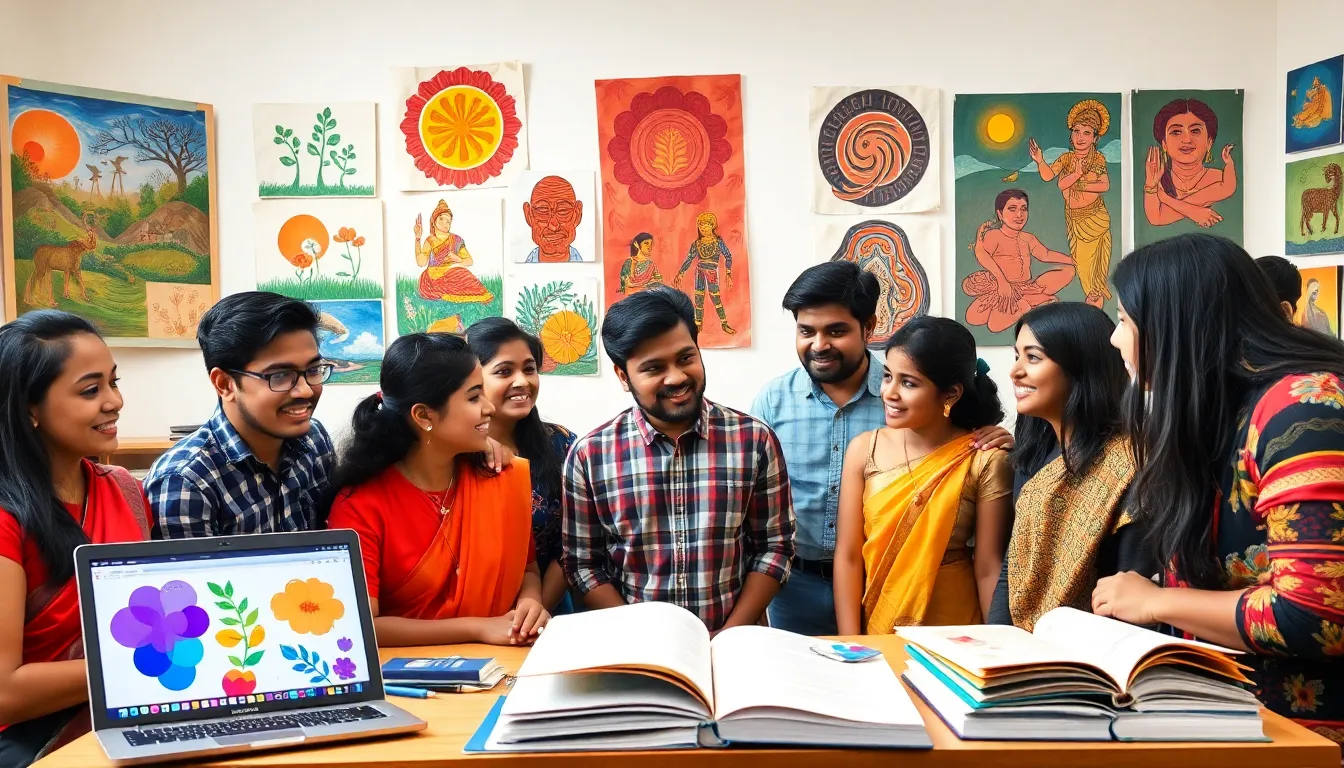Ever found yourself scratching your head over the term “Kamaladhaigal”? You’re not alone. This captivating word tickles curiosity and holds a treasure of cultural significance. Let’s jump into the origins, meanings, and the marvelous multi-faceted applications of Kamaladhaigal. By the end of this article, you’ll be in the know, ready to impress others with insightful conversations about this intriguing topic.
Table of Contents
ToggleKamaladhaigal

Kamaladhaigal has roots that intertwine with rich traditions and historical contexts. The term originates from Tamil, a language steeped in literature and cultural heritage. While it may seem like a simple term, it embodies complex ideas and practices that have evolved over centuries. Understanding its etymology reveals a tapestry of meanings enriched by historical narratives. In Tamil literature, Kamaladhaigal refers to specific poetic and artistic expressions that highlight beauty, nature, and spirituality. This connection to art forms is both significant and revealing, pointing to the Tamil community’s love for creativity and nuanced expression.
Cultural Importance of Kamaladhaigal
Kamaladhaigal serves as more than just a term: it represents the pulse of Tamil culture. Within various rituals, celebrations, and artistic performances, it holds a significant role. The community’s identity is often shaped by its embrace of Kamaladhaigal, reflecting deep-rooted values in family, spirituality, and heritage. Many festivals incorporate Kamaladhaigal themes, making it a centerpiece of collective joy and remembrance. From traditional dances to artwork, it connects generations by fostering shared practices and memories. Schools and art institutions also embrace Kamaladhaigal, ensuring that younger generations appreciate their culture and history.
Types of Kamaladhaigal
Kamaladhaigal is not just a one-size-fits-all term: it encompasses various types that cater to different contexts and purposes. Understanding these types offers valuable insights into its versatility.
Practical Uses of Kamaladhaigal
In practical terms, Kamaladhaigal can manifest in multiple forms such as literature, music, visual arts, and performing arts. Each type serves distinct purposes, from educating to entertaining, and evokes emotional responses:
- Literature: Kamaladhaigal often finds expression in Tamil poetry and storytelling, reflecting cultural values and philosophical concepts.
- Music: Traditional songs using Kamaladhaigal motifs can promote social unity during festivals, rejuvenating communal ties.
- Visual Arts: Artists employ Kamaladhaigal inspirations in their work, creating pieces that vibrantly portray nature and spirituality.
- Performing Arts: Dance forms incorporate Kamaladhaigal themes, adding layers of meaning and aesthetic appreciation.
Kamaladhaigal in Modern Context
Fast-forward to the present day, and Kamaladhaigal continues to evolve. Its significance remains relevant in modern times, especially among younger generations. The rise of digital platforms has offered fresh avenues for showcasing Kamaladhaigal-inspired work. Social media plays a pivotal role in highlighting contemporary artists and performers who draw from this rich tradition. There’s a growing trend of blending traditional Kamaladhaigal themes with modern styles, like urban music and contemporary dance, making it more relatable for today’s audience.
Educational institutions are also recognizing the importance of Kamaladhaigal, integrating it into modern curriculums. This ensures that while scholars gain knowledge of the past, they also engage with it vibrantly. The essence of Kamaladhaigal so thrives amid the hustle of modern living, serving as a bridge between tradition and innovation.

